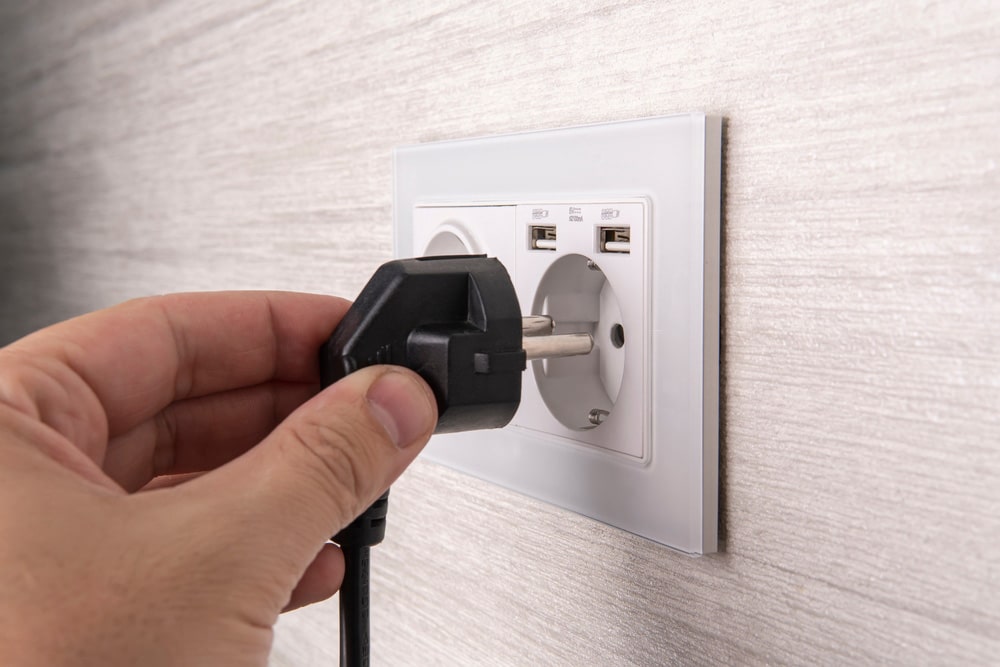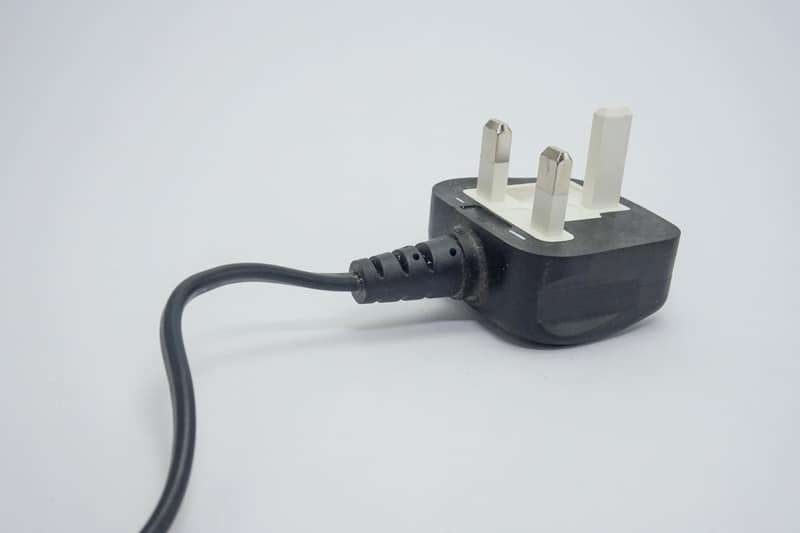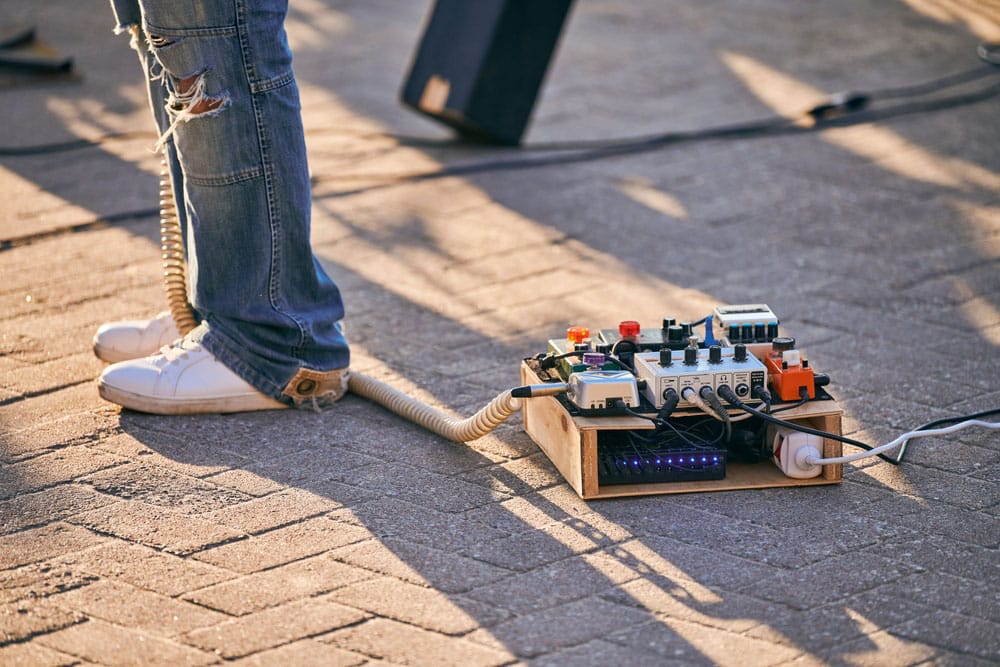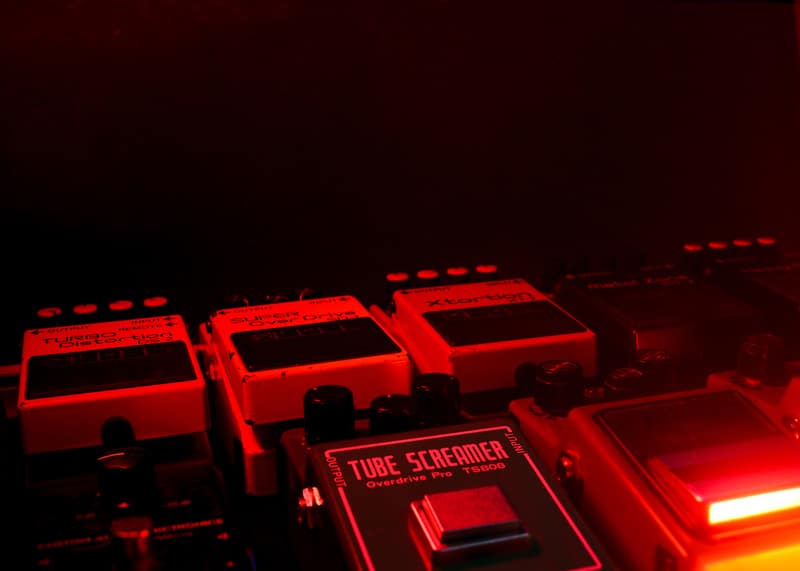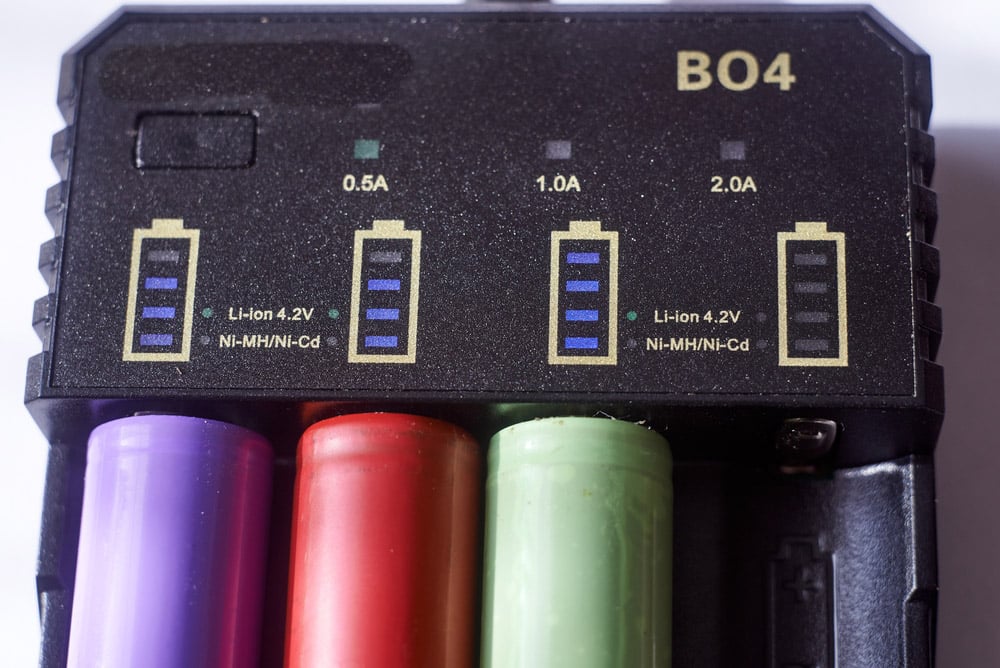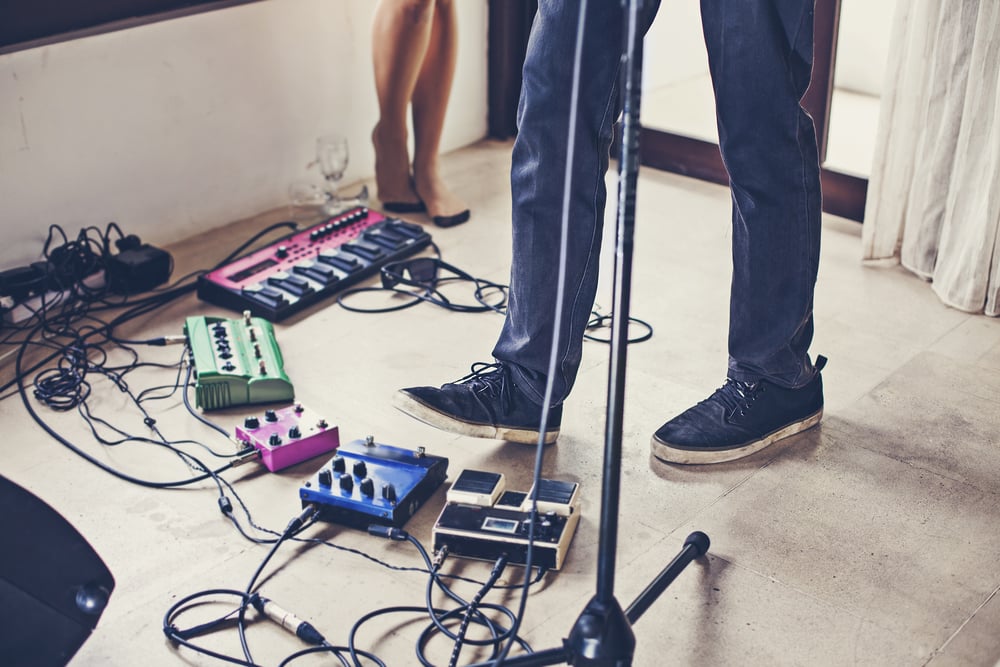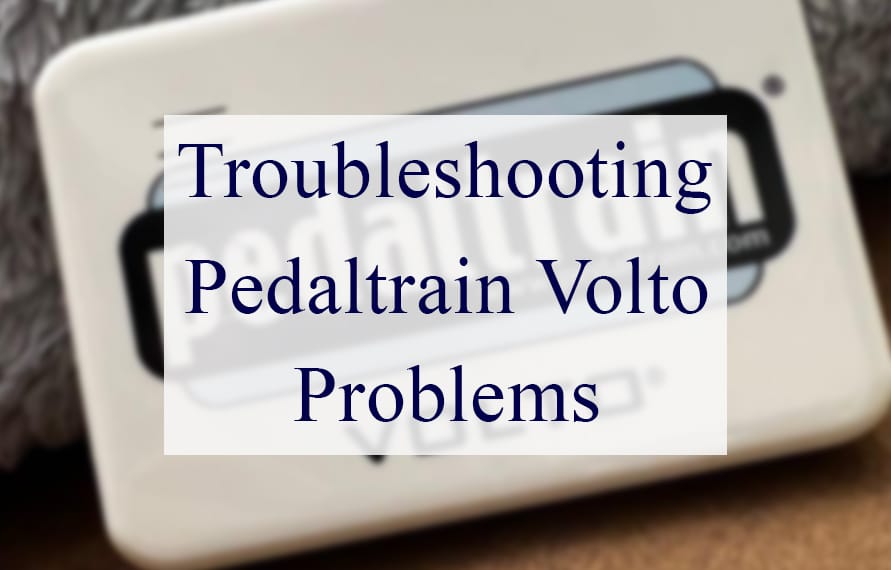
A pedalboard is designed as a flat panel or board that’s integrated with its own power cords and transformer to power various pedals. It allows the players to manage multiple pedals, but these pedalboards need a reliable power supply to operate.
One of the best power supplies is Pedaltrain Volto, which is designed for musicians who travel a lot and need something to power up the pedalboards on the go. Pedaltrain Volto can power one to five pedals for over 35 hours. However, if you run into some problems, there is a troubleshooting guide that you can follow!
Fix Pedaltrain Volto Problems
- Cable Management
Pedaltrain Volto has a sleek design, making it easier to install. However, the output and input ports are designed on one side, which makes it challenging to connect the cables, particularly if you are using floor pedals that have input and output ports on different sides.
The only solution is to replace the pedals with the ones that have ports on the same side to ease cable management.
- Not Working At All
If the power supply has stopped working properly, it’s likely because it was disconnected improperly or it has been damaged because of a power surge. In case you turned it off improperly, the reset should help you out – the reset includes turning off Pedaltrain Volto for a few seconds.
However, if it’s not turning on even after the reset, the only solution is to purchase a new one because power fluctuation could have burnt the power supply.
- Not Charging
Since this is a rechargeable power supply, it has to be charged to make sure you can use it on the go. In most cases, the power supply doesn’t charge when it’s not getting optimal voltages.
This is a 9V power supply, which is why you must check the voltage level, and if they are lower or higher than 9V, you must call the electricity provider to get the voltage issue fixed.
On the other hand, if you are already getting sufficient voltage, it’s recommended that you charge the power supply unit directly from the wall plug rather than using the power cords and surge protectors because they can cause voltage issues. Secondly, you must remember that it uses a lithium-ion battery, which takes time to charge fully.
Usually, it needs at least six hours of unhindered charging to make sure it’s fully charged. If the three LED indicators on the power supply are turned on, it means that the battery is fully charged while the top LED blinks during charging.
- Not Connecting To The Wall Plug
If you want to connect Pedaltrain Volto to the wall plug for charging, but it doesn’t connect, it’s likely that you are using the incorrect adapter. This power supply comes with a USB charging dock and four types of adapters for users in different continents, including the UK, USA, AUS, and EU.
The factory ships it with the EU adapter that’s connected to the USB base, but you can change the adapter according to your wall plug.
- Battery Drains Too Quickly
Volto has been designed with a 2000mA battery, which can easily power a five-pedal system for over 36 hours. In fact, it promises a great battery life when you use it for pedals with a 9V battery (you can also use it with tremolo, compression, phase, overdrive, and delay pedals).
However, the pedals with digital reverbs and delays can draw immense power, which results in quick draining of the battery. In addition to consuming more power, such pedals are designed to stay in the “always on” mode, which also consumes the battery.
The only way to save battery is to use this power supply with pedals that have a 9V connection.
- High Noise Floor
When you connect the pedal to this power supply, and it results in a high noise floor, you need to check the outputs. This unit is designed with two 9V outputs, but they aren’t isolated. Some varieties of pedals need a special isolated ground to minimize the noise.
While Volto can operate or power these pedals for some time, it eventually leads to high noise flooring. The only solution is to use it with pedals that don’t need separate isolated ground.
- Excessive Noise
Pedaltrain Volto is designed with a lower noise threshold, and if it starts generating too much noise, you must check all the connected pedals. To begin with, you must ensure that you are using 9V pedals and they are working well. In addition, all the pedal tips should be negative because Volto itself is tip negative.
In case the pedal is tip positive, you have to invest in an inverter adaptor. Secondly, you must check the lights around the power supply. That’s because Volto can add noise elements to the sound when it’s around neon or fluorescent lights.
So, if you have turned on such lights, it’s recommended that you turn them off and shift to LED lights to ensure clean sound output.
- LED Lights Aren’t Turning On
If the LED lights are not turning on the Volto, there are two things that you’ve to consider. First of all, it’s likely that the unit is fully discharged and needs to be charged for six to seven hours to make sure it turns on and works normally. However, if it’s already charged, you have to reset or restore the unit.
That’s because Volto has been designed with a safety circuit/surge prevention circuit to protect the pedals from power fluctuations and surges. For resetting, you only have to plug the Volto into a USB power base for a minute, and it will be reset.
- Not Powering The Pedals
If you connect the power supply to the pedals, but the pedals don’t work, it’s likely that the power supply and cord are damaged. The first step is to check all the cables connected to the Volto with the help of an ohmmeter as it helps determine the continuity.
If the cables don’t have sufficient continuity, the power cable has to be replaced to optimize the transmission of electricity. However, before you invest in the new ohmmeter to check the cable’s continuity, you must check the power cords to make sure they aren’t damaged or frayed (such cables have to be replaced).
Also, you should always opt for high-quality and compatible power cords to streamline the signal transmission.
- Slow Pedal Response
If you are using Volto to operate the pedals, but they have a slower response, you must check the battery because a weak battery leads to a slow response. The solution is to recharge the battery for at least six hours before you connect it to the pedals.
Keep in mind that the new battery must be charged for eight hours before you use it. On the other hand, if recharging the battery doesn’t improve the response rate, the battery has to be replaced.
- No Sound Output
If the power supply unit is connected to the audio source, but there is no sound output, it’s recommended that you check the amp as the power supply doesn’t have to do anything with the sound. In particular, you must ensure that the amp’s tubes are intact (they must not be damaged or burnt).
In case the amp tubes are overheated, letting the unit cool down will fix the problem. On the other hand, if the amp tubes are damaged, they must be replaced with new ones to optimize the sound production. In case changing the amp tubes doesn’t work either, you have to replace the patch cables.
- Constantly Overheating
In case the Volto is constantly overheating when you connect it to the audio gear, you have to check the connections.
In particular, you must check the power cord and make sure it’s compatible with the power supply unit (excessive load on the cords can lead to overheating). Moreover, you must not connect power strips or extension cords.
The Bottom Line
Pedaltrain Volto is a reliable power supply unit for musicians who use 9V pedals. These are some common problems associated with this power supply unit but are easy to resolve. Also, if you don’t have experience in changing the cables or replacing some electrical components, hire an electrician to help you out.

